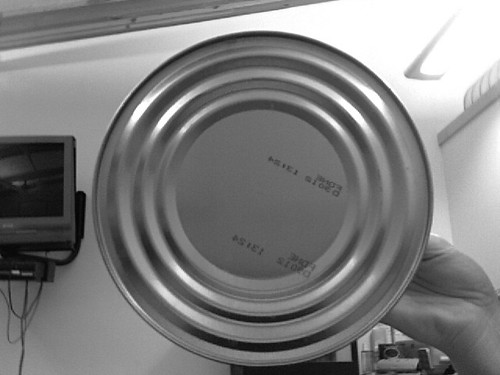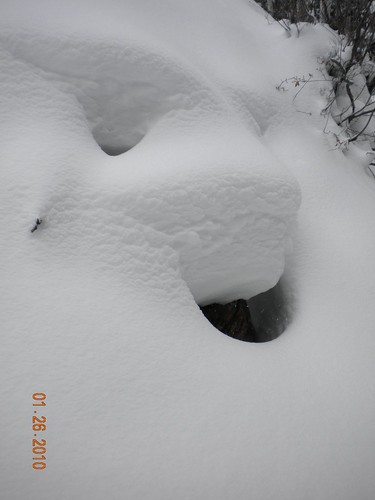Hey guys and gals! Hope your all enjoying the new snow. Here is the scribe post for our class on Jan. 26, 2010.
 Hope fully by the end of this post you will be feeling like one of those :)
Hope fully by the end of this post you will be feeling like one of those :)To start of the post with an absolute value attitude here is a math joke for all of you fella's who like those nerdy pick up lines.
"I don't know if you're in my range, but I'd sure like to take you home to my domain."
Now back to business...
Please take a look at the slides from class today, they are important for understanding the post. It has pictures of the worksheet we did in class, which is debreifed in this post. If you loose your homework, you can either get organized or just look at the slides from today.
Today in class we discussed
differentiability and continuity. We practiced our understanding of these two topics by creating graphs under certain guidelines. The following is a list of the guidelines we had to follow for creating our first 5 graphs:
Draw a graph that is...
1. Differentiable and continuous at point c.2. Has a limit as x approaches c, but fails to be continuous there due to f(c) being undefined.
3. Has a limit as x approaches c, and has a value for f(c), but fails to be continuous there
4. Has a value for f(c), but has no limit as x approaches c
5. Is continuous at the point (c,y), but is not differentiable at this point.
I added these problems from our worksheet for anybody who wants to be an ogre achiever (ha, get it, ogre) and continue to use them as practice for the chapter 4 test. Seeing as I have ESP I predict that test is looming very near, sorry guys. I think these are a great way to do something similar to gymnastics for your brain (as Sara used to say for those of you who were in her class last year).So whats the whole point of this?
The whole point of this is to come up with some rules that dictate when a function is non-differentiable at a point x=c. Here are the rules I came up with.
1) If there is no value for the function at point x=c, it is not differentiable there
2) If there is no value for the derivative function when f'(c), then it is not differentiable at that point
3) If f'(c) is not a real number, then it is not differentiable at that point.
4) Examples of non-differentiable characteristics that can be found at c: cusp, asymptote, hole, discontinuity.If all you people of Calculopolis out there have any additions or modification to this leave a comment and I will edit this post accordingly.
Another important topic to discuss from class today was problem number 6. Problem number 6 gave us two functions, the first function
was to be within the domain.png)
and the second function
.png)
(listed below)
was to be within the domain of
.png)
Yet this piecewise function also had continuous and differentiable. Our Quest was to find the values of
a and b Sorry for the visible formatting issues here.
The first step to find the value of these two variables is to derive the first function (x^2). The derivative of the first function is 2x. When we substitute in the last number in the domain of the first function's derivative we end up with 2(6) which equals 12. Next, substitute 12 in for the variable a. This is to ensure that the slope of the linear function matches up with the slope of the first function, x^2 at the point x=6. This is to prevent a hole and keep the instantaneous rate of change (the derivative) the same when x=6 for both functions. Because b controls the vertical translation of the linear function, we have to make it match up with the original function x^2. To find where the end of x^2 is, you substitute in 6, which gives you 36. We now know how high the linear portion of the function has to be in order to match up with the first function x^2. The variable b we now know equals 36. Ta Da! We have now successfully solved the problem.
This essentially conclueds our lessons of the day.
Hopefully the world of Calculoplis is a little easier to understand now.
Thanks,
mc Casper
p.s. almost forgot, I dub J-tron foteen as our next scribe







 Below is the picture and description of the following functions.
Below is the picture and description of the following functions.



.png)
.png) (listed below)
(listed below).png) Yet this piecewise function also had continuous and differentiable. Our Quest was to find the values of a and b
Yet this piecewise function also had continuous and differentiable. Our Quest was to find the values of a and b 
![]()
![]()
![]()
![]()
![]()
![]()